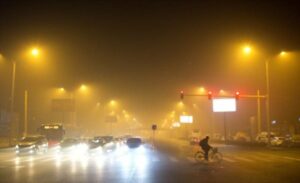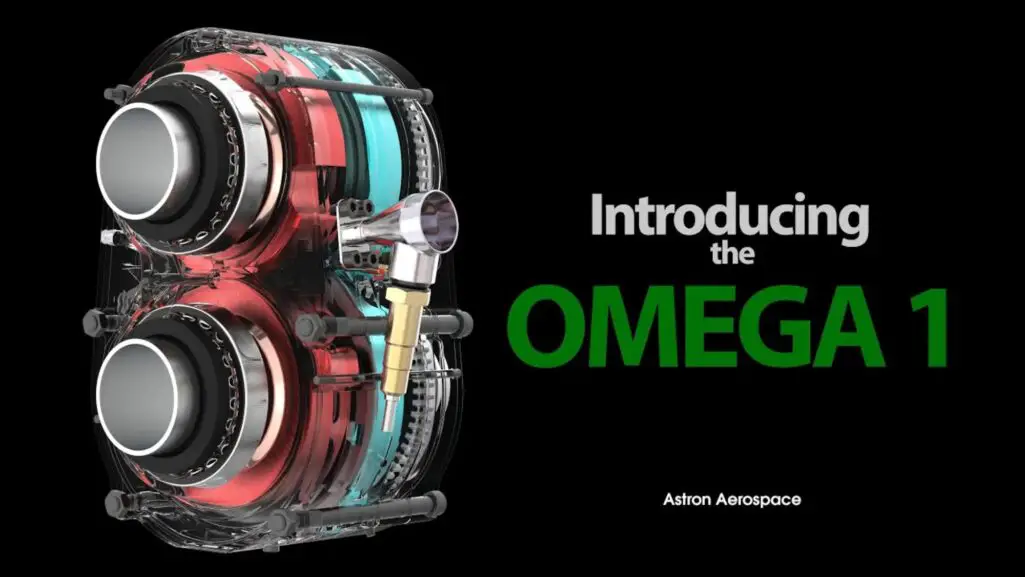Light pollution kills 100 million to a billion birds annually in the US. The misuse and excessive light consumption at night have a hugely destructive impact on animals and hundreds of nature elements. Turning the darkness of night into mornings and lights is harming even human beings.
Light pollution is sorted into five different types:
- Trespass light is when light is passing to unnecessary places.
- Skyglow is when the artificial lights cause the sky of close areas to glow, and it’s the hugest concern to astronomers because it’s all directed upward.
- Glare affects humans the most since it leads to eye uncomfortably or loss of vision for several minutes due to the excessive shine coming out of it.
- Light clutter explains a collection of lights meant to light up a massive area like highways.
- Over illumination refers to when light is much stronger than needed, such as using a high-intensity lamp for bathrooms instead of reading tables.
These are the main reasons stargazing nowadays is not possible in millions of cities. Living in the most light-polluted place globally, Singaporeans cannot see the milky Way from any site. Imagine a whole country not able to see the Milky Way.
 |
| Credits: Shutterstock/ Grzegorz Gill |
How harmful is light pollution?
Misguided lighting not only wastes enormous amounts of money and energy. It also has severe ecological consequences and harms human health.
- Many animals rely on the natural cycle of day and night to survive. Disrupting these processes affects activities such as hunting, migration, and reproduction.
- Night lights attract many insects that are supposed to be in another place doing their tasks in the ecosystem.
- Nocturnal animals like frogs and bats, which are night-active, depend on the day cycle to live. However, night lights disturb their daily lives, starting with less reproduction and extinction.
- It also harms reptiles. For example, newborn turtles (amphibians) may get distracted and follow near-sea lights, causing sickness, dehydration, and sometimes death.
- Birds are also so severely affected. As mentioned before, millions of birds are migrating end up colliding with buildings and dying.
- The American Medical Association warns about artificial light at night, especially light with high blue content produced by white LEDs. And it is affecting the biological clocks of hundreds of nations.
- Unbalanced human sleeping will negatively affect our melatonin (sleeping hormone) level and cause mild to a severe sleeping disorders.
- Some researchers linked the existence of light clusters could be linked to mood disorders and depression.
- Light pollution was also linked to stomach, heart, and immune system disorders.
Even plants are affected by this pollution. Trees may change their color and grow larger, which leads to more harm by polluted air.
How could we avoid light pollution? and how will it help us?
We could contribute to decreasing light pollution in seven steps, including:
- The first step is to get rid of every unneeded light
- Then to easily turn off unwanted bulbs
- Third, try to use a warm glow instead of blue, especially outside.
- Fourth move to sensor-lights specifically in places that are busy for a short time, like home corridors
- Fifth is to use caps on outdoor lights to reduce the sky glow and upward lightning
- Sixth is to minimize light intensity to the lowest need to stop the glow
- Also, please never use high-intensity car lights or shop lights because it could be fatal for drivers
- Seventh and last stop turning on lights at night because it harmful with time
Last but not least, let’s make a move and change our bad habits, the surroundings, and even the world. When we start limiting our light consumption, our family will follow the friends, then the neighbors, and it will end up with the whole world. Let us save energy, animals, plants, and even human beings’ health.





